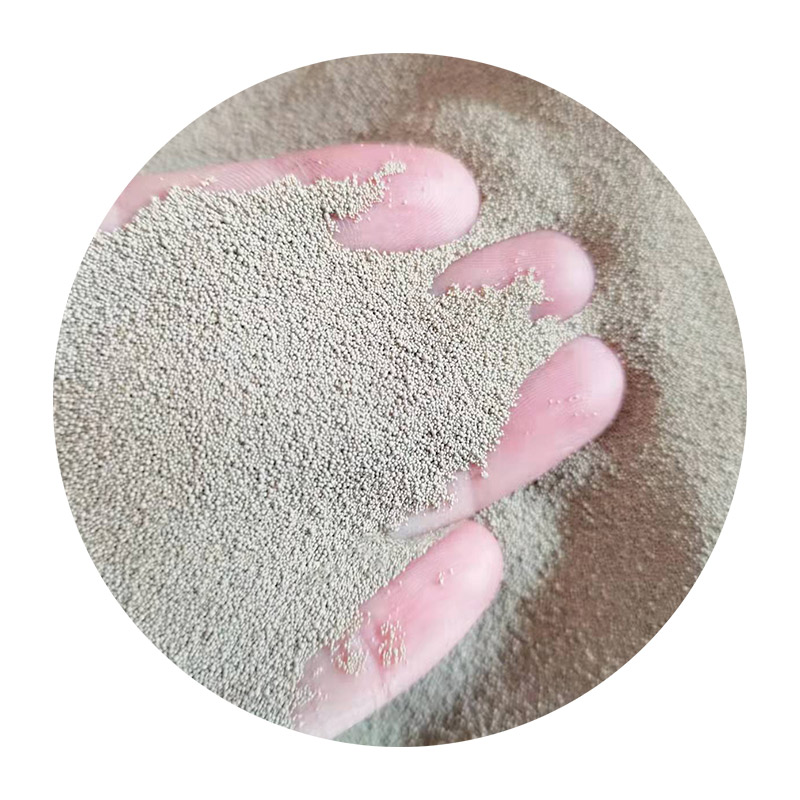Wet Sanding 3D Prints Achieving a Smooth Finish
3D printing has revolutionized the world of manufacturing and prototyping, allowing creators to fabricate intricate designs quickly and efficiently. However, one common challenge faced by 3D printing enthusiasts and professionals alike is achieving a smooth and polished finish on their printed models. While printing settings and filament choices play a significant role in the quality of the final product, post-processing methods like wet sanding can significantly enhance the surface finish of 3D prints.
What is Wet Sanding?
Wet sanding is a technique where sandpaper is used in conjunction with water. Unlike dry sanding, which can create dust and particles that can affect the quality of the finish, wet sanding prevents debris accumulation and allows for smoother sanding. This method is particularly effective for finishing 3D prints made from materials such as PLA, ABS, and PETG, as it minimizes the risk of scratching or damaging the print.
Why Choose Wet Sanding for 3D Printed Models?
1. Smoother Surface Finish Wet sanding helps achieve a high-gloss finish that is difficult to attain through dry sanding alone. The combination of water and sandpaper reduces friction and helps to create a more even surface, which is especially beneficial for curved or complex geometries.
2. Dust Reduction By using water, wet sanding significantly reduces the amount of dust that is generated during the sanding process. This not only makes the workspace cleaner but also helps maintain air quality, which is essential for creating a safe working environment.
3. Controlled Removal Wet sanding allows for more precise control over material removal. The water acts as a lubricant, reducing the chances of over-sanding or creating deep scratches. This control is particularly advantageous when working on detailed areas of a print.
4. Reduced Heat Generation During sanding, friction can generate heat, which may deform plastic materials. Wet sanding helps to keep temperatures down, reducing the risk of warping or melting the print.
The Wet Sanding Process
wet sanding 3d prints

To get started with wet sanding your 3D prints, follow these steps
1. Prepare Your Materials You'll need a selection of sandpaper with varying grits (typically from 400 to 2000), a container of water, and a soft cloth for drying.
2. Initial Surface Preparation If your print has visible layer lines, start with a lower grit sandpaper (around 400) to remove the most prominent imperfections. Wet the sandpaper and the surface of the print to minimize friction.
3. Sand in Circular Motions Using a circular or back-and-forth motion, gently sand the surface of the print. Periodically check your progress, and take breaks to rinse the sandpaper to remove debris.
4. Progress to Finer Grits Gradually move up to finer grit sandpapers (800, 1200, 2000), repeating the wet sanding process at each stage. This gradual progression is crucial for achieving a smooth and professional finish.
5. Final Rinse and Dry Once satisfied with the surface smoothness, rinse the print to remove any remaining sandpaper residues. Gently dry it with a soft cloth.
6. Optional Finishing Touches For an added sheen, consider applying a clear coat or polish after wet sanding. This step can enhance the aesthetics of your 3D printed model and provide additional protection.
Conclusion
Wet sanding is an invaluable technique for anyone looking to improve the surface finish of their 3D prints. By incorporating this method into your post-processing routine, you can elevate your printed models from simple prototypes to visually stunning displays. Whether you're a hobbyist or a professional, mastering wet sanding will undoubtedly enhance the quality of your 3D printing projects. So, gather your materials, dampen that sandpaper, and get ready to achieve the flawless finish that will impress both you and your audience!
Post time:nov . 07, 2024 16:34
Next:Analysis of Properties and Characteristics of Foundry Sand for Metal Casting Applications
